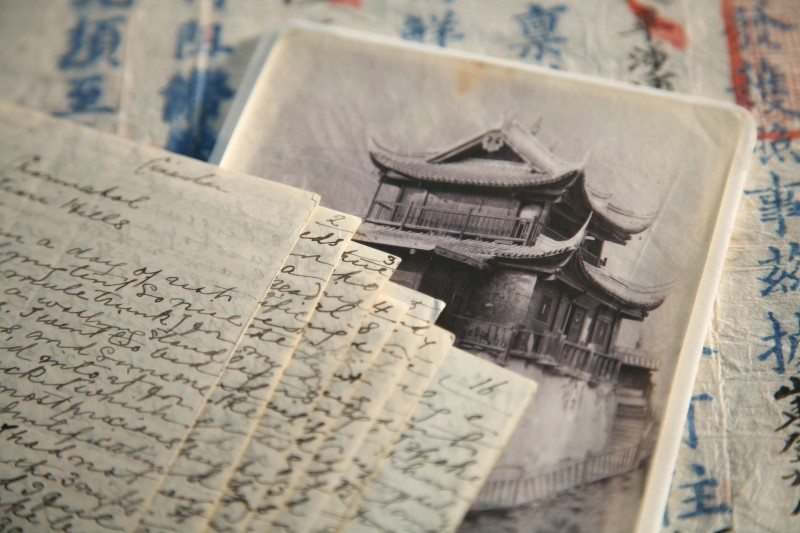This is the manuscript of one of Holst's best-loved songs. The arrangement is scored for voice, two flutes, two oboes, two clarinets, two horns and strings
Search FNL grants since 1931
Ivor Gurney (1890-1937), composer, was also one of the most significant poets of the First World War. The Sketch-Book dates from before 1914 and contains previously unknown early pieces.
The Macclesfield Psalter is a work of art of exceptional beauty. Its 250 leaves are painted with exquisite finesse, page after page of precious pigments and gold.
Seven pen and ink architectural drawings for the new Penzance Union Workhouse in Madron, 1839, with detailed notes on dimensions, fittings and furniture. Signed by G. G. Scott and W(illiam) B(onython) Moffatt , with whom Scott was in partnership, 1838-45, at 20 Spring Gardens, London.
The map of Toulston, near Tadcaster, adds to the records of the Fairfax family which are held by the Record Office.
The photographic archive of Aerofilms, one of the largest aerial photographic companies in the world. It documents the changing face of Britian from the 1920s to the present day, and provides an invaluable record of British urban and rural landscapes, buildings and archaeological sites.
A small group of design archives of the metal working firm of Francis Skidmore (1817-96) and Son, makers of the Hereford Screen, now in the V&A, and many artefacts, notably to accompany the building and restoration work of George Gilbert Scott.
Two volumes of 18th century MS notes, complied firstly by John Le Neve (1679-c.1741) and relating to office holders of the Church of England; and secondly by Rev John Allen (1699-1778) relating to the history of Staffordshire. The dates of the contents are 1717-18 (Le Neve) and c.
Sir Thomas Stamford Raffles (1781-1826) was of great significance both as a colonial administrator and as a ascientific collector. He founded the modern day Singapore in 1819 and the Zoological Society of London in 1826.
The John Murray Archive is one of the world's most significant literary and cultural archives. With more than 150,000 items, it contains letters, manuscripts and journals from some of the greatest writers, politicians and scientists from 1768 to 1920. Edinburgh-born publisher John Murray started the collection when he set up his business in London in the late 18th century. The archive contains original MSS of works by Murray authors and extensive files of correspondence, letters and journals. Authors include Lord Byron, David Livingstone, Charles Darwin and Jane Austen.
